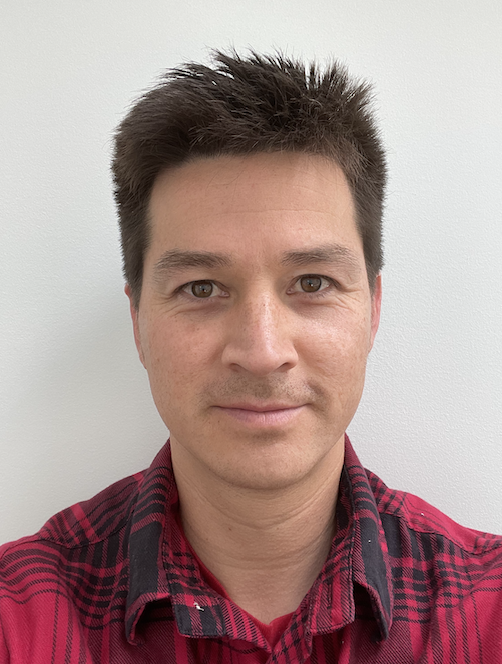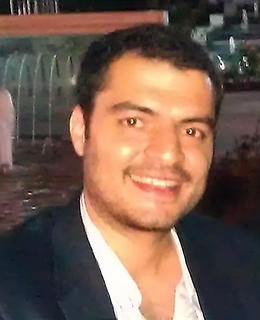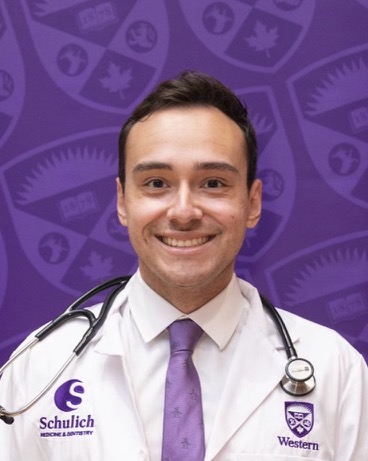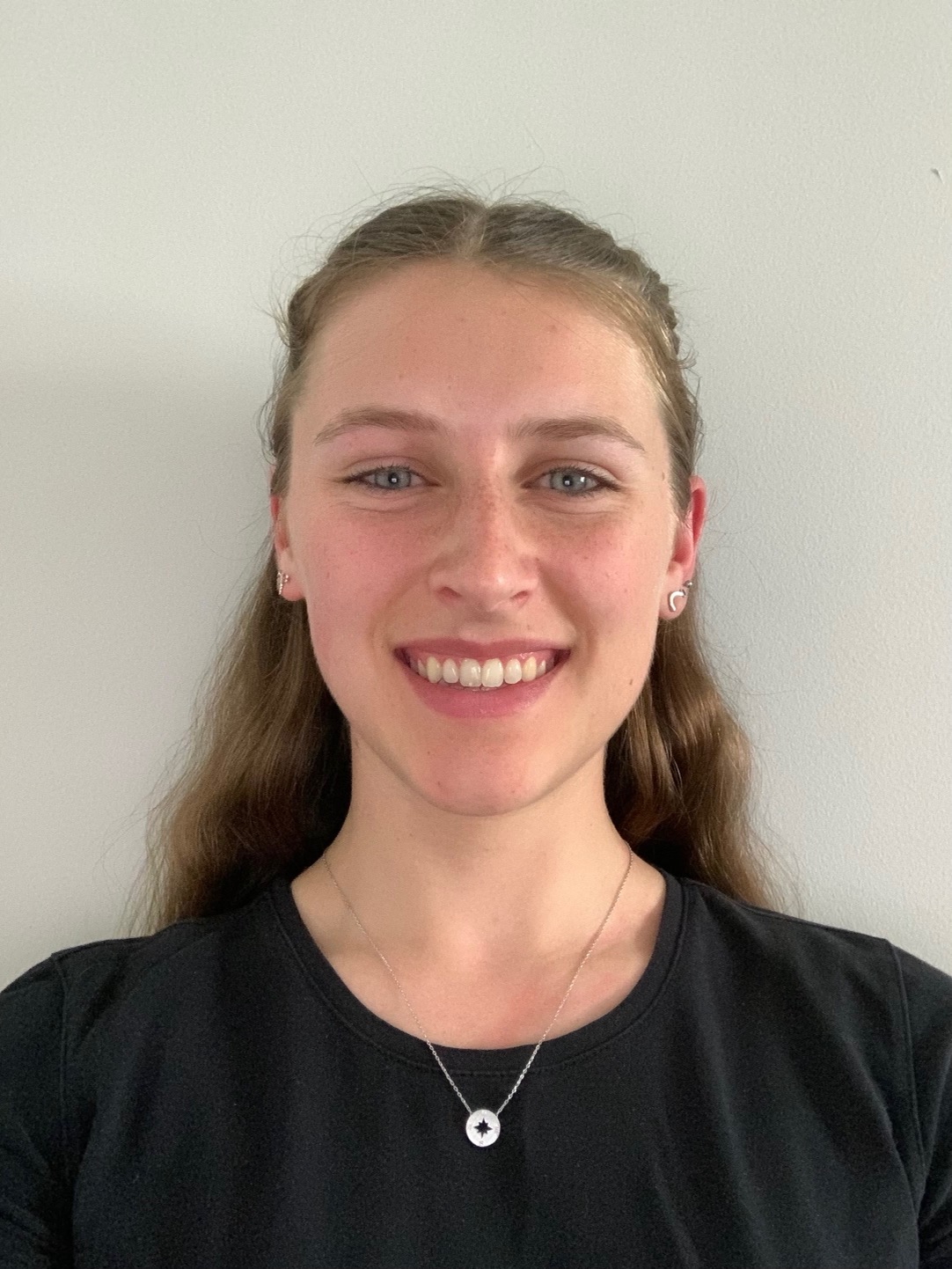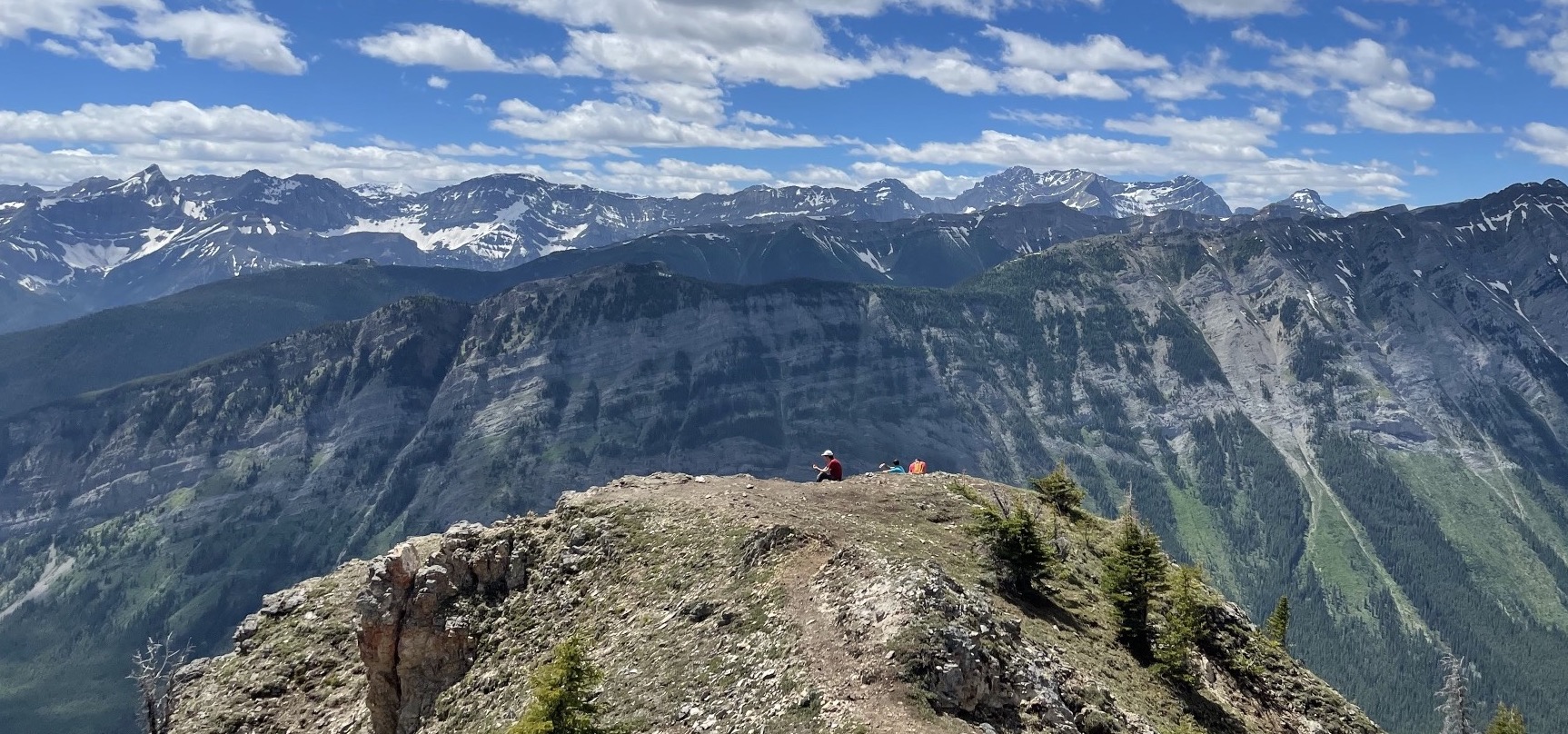
I am a new Adjunct Professor in the Faculty of Kinesiology at the University of Calgary in Calgary, Canada. I have a joint appointment in Biomedical Engineering.
The goal of my research is to understand how the nervous system learns and adapts movements so that we can help people move better for longer.
In the above image, some hikers walk at their preferred speed at King Creek Ridge.
This is meant to be both a tiny joke and not a joke! We are interested in finding the physical mechanisms that determine how the brain chooses preferred movements, and we believe energetic cost--along with movement duration, fatigue, and some others--play key, predictive roles.
I am looking for interested MSc and PhD students to co-supervise at U Calgary!
Members
Alumni
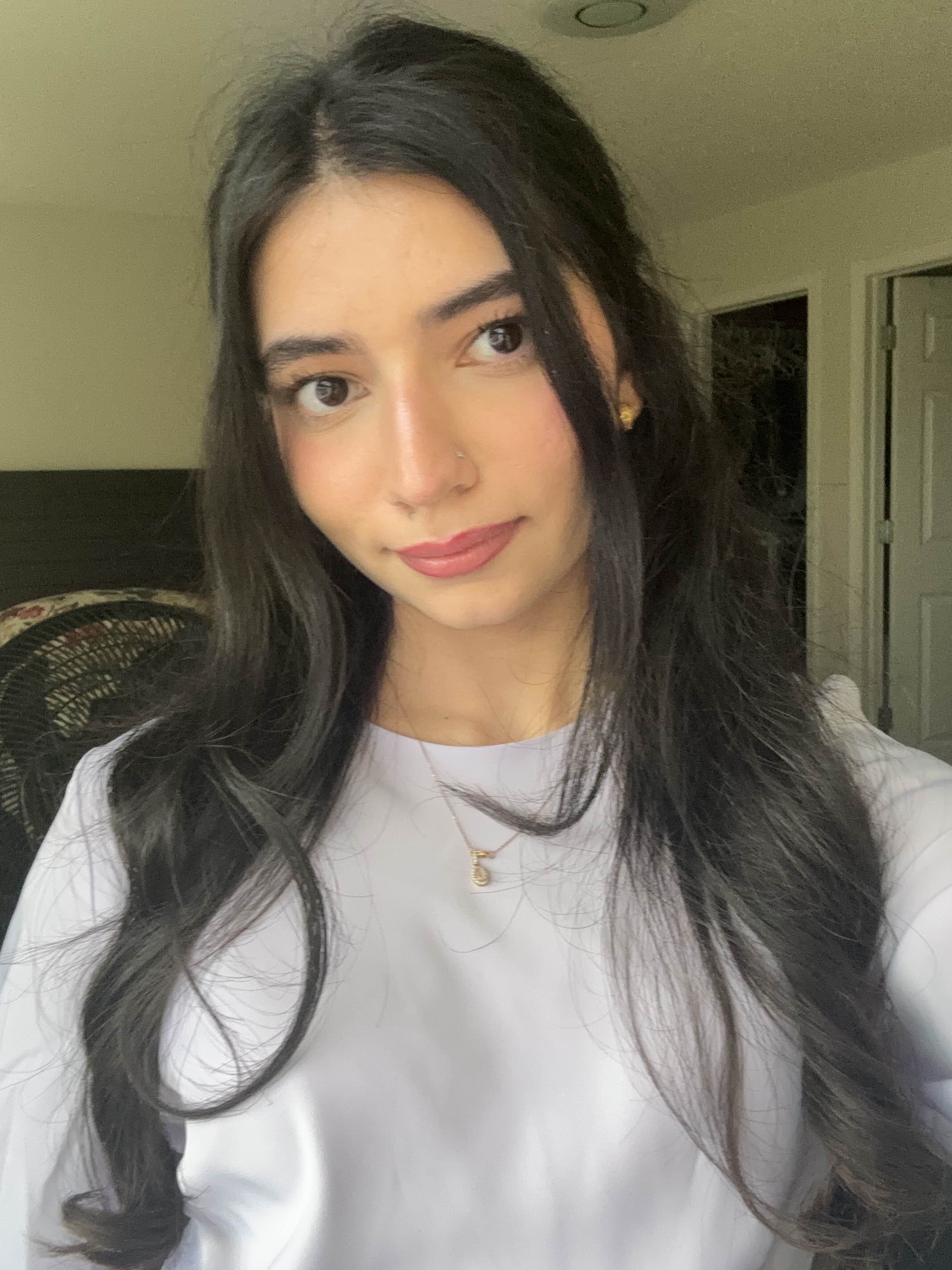
Zarwareen Khan
KNES 590
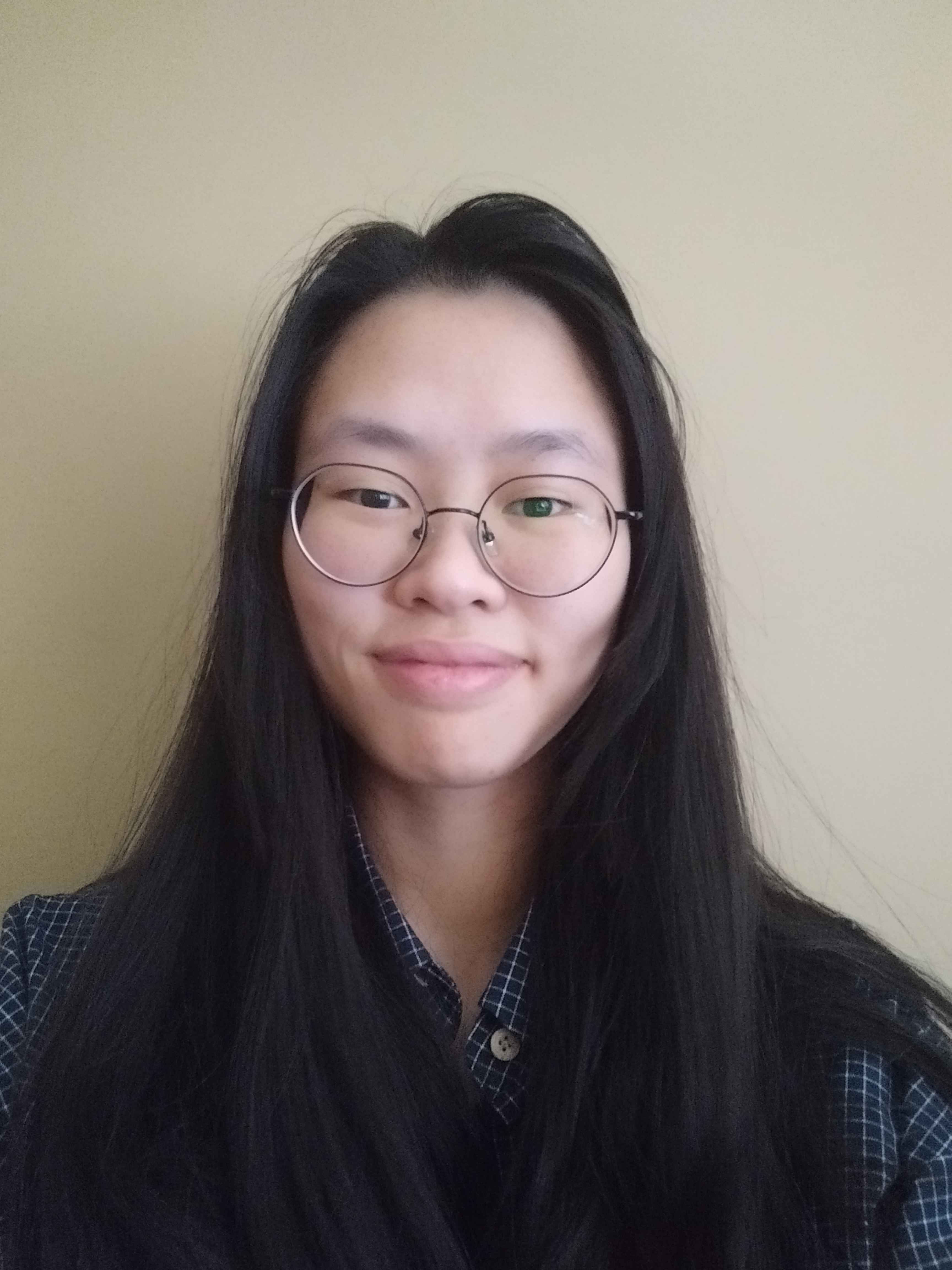
Jessica Ho
KNES 566
Join
I am looking for interested MSc and PhD students to join my lab. Prospective students should send their- CV
- (unofficial) university transcript
- brief description of any prior research experience
The Human Performance Lab at the University of Calgary is truly one of the best places to do research in Neuromechanics, for two reasons. First, the faculty members studying the mechanisms underlying human motor control are outstanding researchers in their field. Second, the environment is highly-intergrative: the offices of all graduate students are situated nearby, in the same hallway; and all equipment is shared amongst members of the HPL. At the HPL, one's research questions are not contrained by available equipment.
Research
Computer vision for Gait Assessment
We are developing fast end-to-end automated, economical methods for assessing human locomotor function. Adaptable to natural environments, with USB and POE ethernet cameras. Our approach leverages open source computer vision (opencv-python) to enable large-scale, real-world investigations into motor behaviour.

Energetics of Locomotion
Our research investigates how humans optimize energy expenditure during locomotion. By combining experimental measurements with computational models, we aim to uncover the principles that govern efficient locomotion.

Energy in Reaching
We study how the nervous system balances energetic cost and a cost of time during reaching movements. Our work explores how energy considerations shape the strategies used for everyday upper limb tasks.

Code
Our Bitbucket for model predictions and data analysis of locomotion and reaching.
Learning
For studying biological motor control, here are some (third-party, unsolicited) links to some resources I found useful and inspiring. These tiny blurbs are merely advertisements for some things to learn, and do not do justice to all the interesting things one could learn from them.
- Andy Ruina
Mechanics. Many videos and maybe the best undergrad dynamics textbook - Art Kuo
Structure in science. Day-to-day scientific musings in motor control research: twitter - Mitra Hartmann
Sensorimotor neuroscience and control of whisking. Amazingly-perfect question answerer in talks (no youtube. Don't miss the opportunity). (Northwestern) - Jane Wang
Insect flight from fluid dynamics to genes. Top to bottom science. (Cornell) - Russ Tedrake
Optimization for nonlinear, underactuated control. Amazing open-access courses, incl. Underactuated Robotics (youtube) - Katie Byl
Unique robotics approaches. Trajectory optimization, DeepRL, and MIT blackjack. (UCSB) - Karen Liu
Ridiculously impressive simulations of elite athletics. CMA optimization. (Stanford) - Jonathan Matthis
Human movement animations, open-source mocap: (Humon Northeastern) - Pranav Bhounsule
Robotics, many helpful tutorials incl. mujoco: (Illinois) - Chris Olah
Visualization. Teaching, neural network representations: site - Stephen Boyd
Convex optimization. Many good courses online, incl. linear dynamical systems course (youtube)
- Skateboarding: Mitchie Brusco
SkateIQ. A pro-skater (vert, incidentally) has a second life as an instructor. As a middle-aged dude learning to skate, I benefited a lot from his interpolation towards real tricks, like manuals and hippy-jumps into ollies. youtube - Music: Rick Beato
One of the most well-known musical educators. Great guests, many insights. I loved hearing Brad Mehldau being terrified of missing notes when playing stride, I didn't know it was okay to feel that way, now I do. youtube - Programming: Casey Muratori
How much of being a software developer (and the smaller messier version that is scientific computing) is a motor task? Perhaps not much. But his computerenhance and handmadehero courses reflect hands-on approaches to coding instruction, which is perhaps why it feels like motor learning to me. youtube - Climbing: Louis Parkinson
Catalyst Climbing. Mentality in climbing has probably been most important. Try harder things more regularly. Videotape, don't worry about being that guy who tapes himself, it's very helpful. youtube - Gaming: Day9
A pro gamer talks about how to be better at StarCraft. Amazing to hear him talk about Josh Waitskin's book and the art of learning. Day9 taught me to build more stuff. youtube
Papers
Google Scholar
- Wong JD, Herspiegel WJ, Kuo AD (2025). Energy and time trade-offs explain everyday human reaching movements. (biorxiv).
- Darici O, Cabak C, Wong JD (2024). A Low-Cost Markerless motion capture system to automate Functional Gait Assessment: Feasibility Study. (biorxiv).
- van der Zee TJ, Wong JD, Kuo AD (2024). On the rate-limiting dynamics of force development in muscle. Journal of Experimental Biology 227(1).
- Calalo JA, Roth AM, Lokesh R, Sullivan SR, Wong JD, Semrau JA, Cashaback JGA (2023). The sensorimotor system modulates muscular co-contraction relative to visuomotor feedback responses to regulate movement variability. Journal of Neurophysiology 129(4).
- Wong JD, Cluff T, Kuo AD (2021). The energetic basis for smooth reaching movements. eLife: e68013.
- Simha SN, Wong JD, Selinger JC, Abram SJ, Donelan JM (2021). Increasing the gradient of energetic cost does not initiate adaptation in human walking. Journal of Neurophysiology. 126(2): 440-450.
- Wong JD, Selinger JC, O’Connor SM, Donelan JM (2019). Does variability in overground walking drive the spontaneous minimization of energetic cost? Journal of Neurophysiology. 121(5): 1848-1855.
- Selinger JC, Wong JD, Simha SN, Donelan JM (2019). How people initiate energy optimization and converge on their optimal gaits. Journal of Experimental Biology. 222(19).
- Simha, SN, Wong JD, Selinger JC, Donelan, JM (2019). A Mechatronic System for Studying Energy Optimization During Walking. IEEE Transactions on Neural Systems and Rehabilitation Engineering. 27(7), 1416-1425.
- Wong JD, O’Connor SM, Selinger JC, Donelan JM (2017). Contribution of blood oxygen and carbon dioxide sensing to the energetic optimization of human walking. Journal of Neurophysiology. 118(2): 1425-1433.
- O'Connor SM, Wong JD, Donelan JM (2016). A generalized method for controlling end-tidal respiratory gases during non-steady physiological conditions. Journal of Applied Physiology. 121(6): 1247-1262.
- Wong JD, Bobbert MF, van Soest AJ, Gribble PL, Kistemaker DA (2016). Optimizing the Distribution of Leg Muscles for Vertical Jumping. PLOS ONE. 11(2):e0150019.
- Selinger JC, O’Connor SM, Wong JD, Donelan JM (2015). Humans can continuously optimize energetic cost during walking. Current Biology. 25(18):2452-2456.
- Chapman CS, Gallivan JP, Wong JD, Wispinski NJ, Enns JT (2015). The snooze of lose: rapid reaching reveals that losses are processed more slowly than gains. Journal of Experimental Psychology: general. 144(4):844-863.
- Wong JD, Wilson ET, Kistemaker DA, Gribble PL (2014). Bimanual proprioception: are two hands better than one? Journal of Neurophysiology. 111(6):1362-1368.
- Kistemaker DA, Wong JD, Gribble PL (2014). The cost of moving optimally: kinematic path selection. Journal of Neurophysiology. 112(8):1815-1824.
- Buckingham G, Wong JD, Tang M, Gribble PL, Goodale MA (2014). Observing object lifting errors modulates cortico-spinal excitability and improves object lifting performance. Cortex. Jan;50:115-124.
- Kistemaker DA, Van Soest AJ, Wong JD, Kurtzer I, Gribble PL (2013). Control of position and movement is simplified by combined muscle spindle and Golgi tendon organ feedback. Journal of Neurophysiology. 109(4):1126-1139.
- Wong JD, Kistemaker DA, Chin, AA, Gribble, PL (2012). Can proprioceptive training improve motor learning? Journal of Neurophysiology. 108(12):3313-3321.
- Wong JD, Wilson ET, Gribble PL (2011). Spatially selective enhancement of proprioceptive acuity following motor learning. Journal of Neurophysiology. 105(5): 2512-2521
- Kistemaker DA, Wong JD, Gribble PL (2010). The central nervous system does not minimize energy cost in arm movements. Journal of Neurophysiology. 104(6): 2985-2994
- Wilson ET, Wong JD, Gribble PL (2010). Mapping proprioception across a 2D horizontal workspace. PLOS ONE. 5(7): e11851
- Ostry DJ, Darainy M, Mattar AA, Wong J, Gribble PL (2010). Somatosensory plasticity and motor learning. Journal of Neuroscience. 14; 30(15):5384-5393.
- Cothros N, Wong J, Gribble PL (2009). Visual cues signaling object grasp reduce interference in motor learning. Journal of Neurophysiology. 102(4): 2112-2120.
- Wong J, Wilson ET, Malfait N, Gribble PL (2009). Limb stiffness is modulated with spatial accuracy requirements during movement in the absence of destabilizing forces. Journal of Neurophysiology. 101(3): 1542-1549.
- Wong J, Wilson ET, Malfait N, Gribble, PL (2009). The Influence of visual perturbations on the neural control of limb stiffness. Journal of Neurophysiology. 101(1): 246-257.
- Cothros N, Wong JD, Gribble, PL (2007). Distinct Haptic Cues Do Not Reduce Interference When Learning to Reach in Multiple Force Fields. PLOS ONE. 3(4): e1990.
- Cothros N, Wong JD, Gribble, PL (2006). Are there Distinct Neural Representations of Object and Limb Dynamics? Experimental Brain Research. 173(4): 689-697.
This site was built from Skeleton. Copyright (c) 2011-2014 Dave Gamache.
